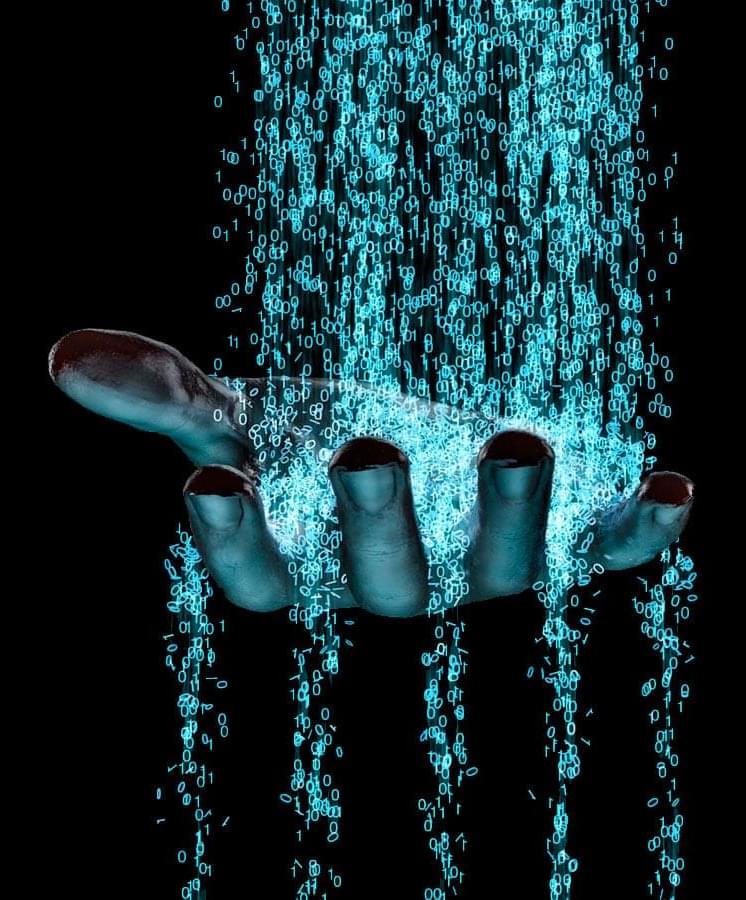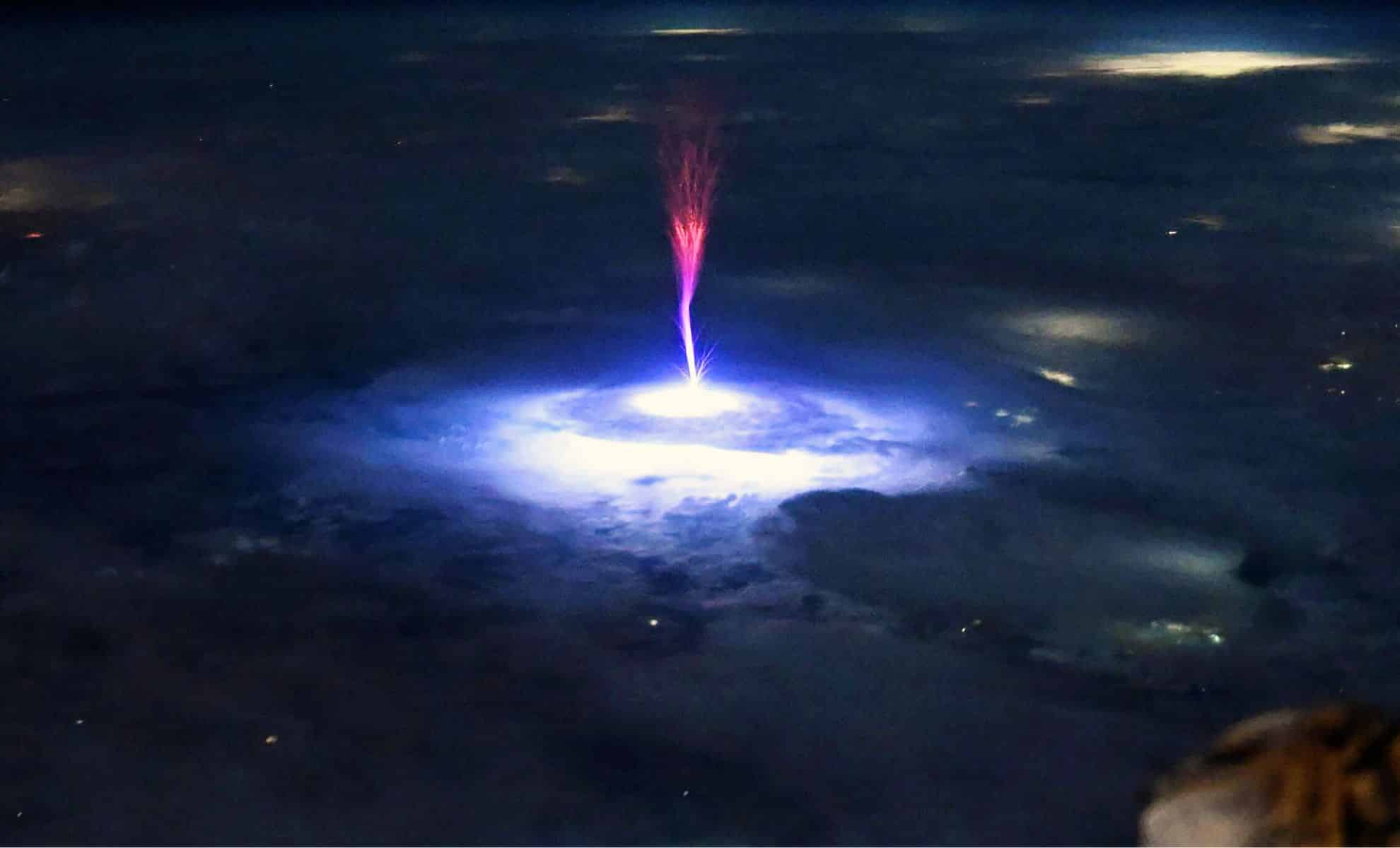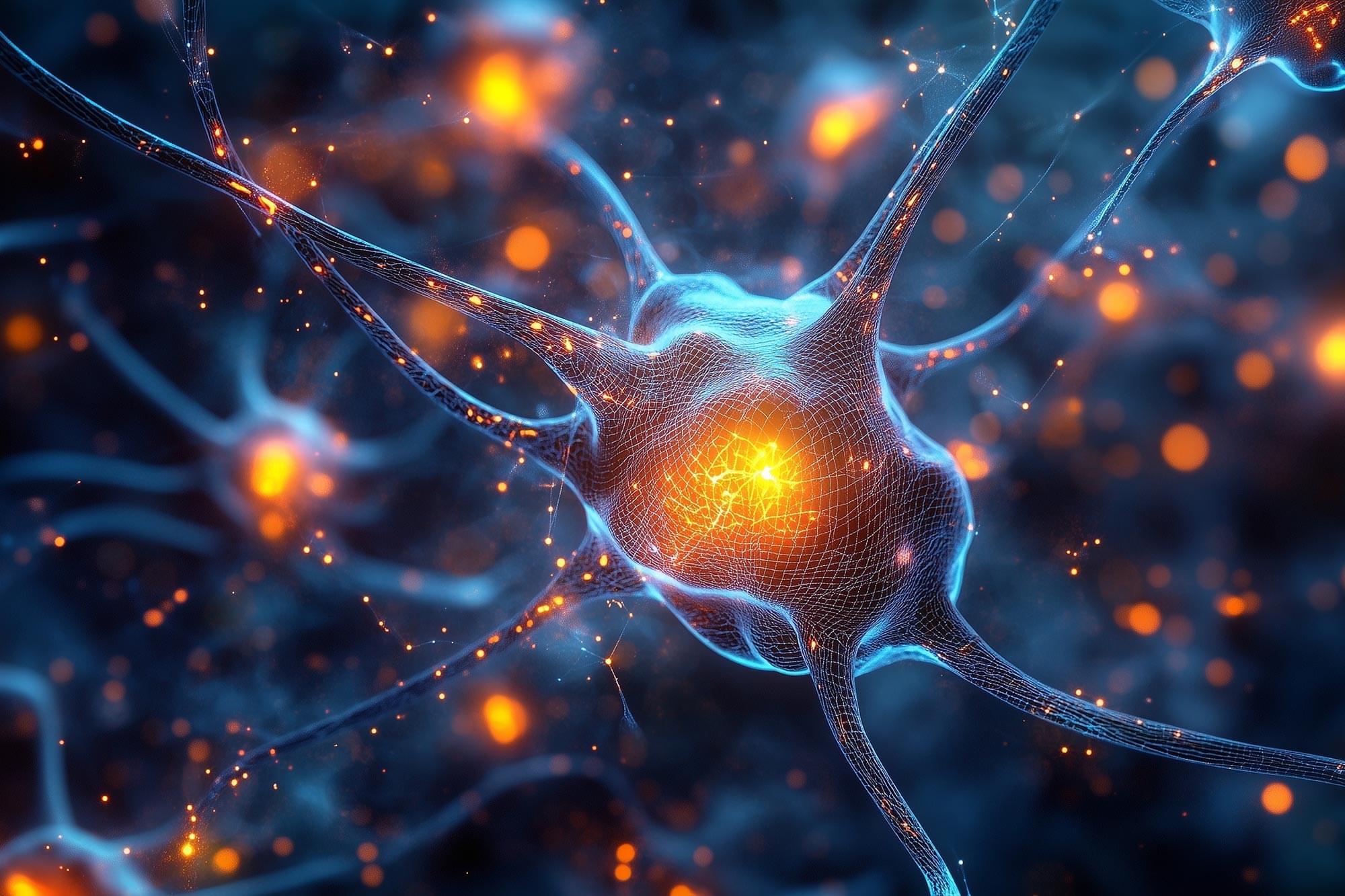Ubisoft’s Rainbow Six Siege (R6) suffered a breach that allowed hackers to abuse internal systems to ban and unban players, manipulate in-game moderation feeds, and grant massive amounts of in-game currency and cosmetic items to accounts worldwide.



A hacker claims to have breached Condé Nast and leaked an alleged WIRED database containing more than 2.3 million subscriber records, while also warning that they plan to release up to 40 million additional records for other Condé Nast properties.
On December 20, a threat actor using the name “Lovely” leaked the database on a hacking forum, offering access for approximately $2.30 in the site’s credits system. In the post, Lovely accused Condé Nast of ignoring vulnerability reports and claimed the company failed to take security seriously.
“Condé Nast does not care about the security of their users’ data. It took us an entire month to convince them to fix the vulnerabilities on their websites,” reads a post on a hacking forum.

Like human decision-making under real-world constraints, artificial neural networks may balance free exploration in parameter space with task-relevant adaptation. In this study, we identify consistent signatures of criticality during neural network training and provide theoretical evidence that such scaling behavior arises naturally from information-driven self-organization: a dynamic balance between the maximum entropy principle that promotes unbiased exploration and mutual information constraint that relates updates with task objective. We numerically demonstrate that the power-law exponent of updates remains stable throughout training, supporting the presence of self-organized criticality.
The problem is not that top-down AI alignment strategies are wrong; it is that they are structurally insufficient once intelligence crosses certain thresholds of autonomy, generality, and self-reflection. Control is necessary in the early stages of artifi


Go to https://ground.news/sabine to get 40% off the Vantage plan and see through sensationalized reporting. Stay fully informed on events around the world with Ground News.
Human brains are roughly 100,000 times more energy-efficient than current AI systems. So why don’t we build computers using human brain cells? Don’t worry, researchers are one step ahead of you there – different teams across the globe are racing to develop neuron computers; processors that integrate living brain neurons into their chips. Let’s take a look at how this technology is developing and when we might see brain cells chips in the future.
Paper 1: https://www.cell.com/neuron/fulltext/.… 2: h https://www.frontiersin.org/journals/.… 👕T-shirts, mugs, posters and more: ➜ https://sabines-store.dashery.com/ 💌 Support me on Donorbox ➜ https://donorbox.org/swtg 👉 Transcript with links to references on Patreon ➜ / sabine 📝 Transcripts and written news on Substack ➜ https://sciencewtg.substack.com/ 📩 Free weekly science newsletter ➜ https://sabinehossenfelder.com/newsle… 👂 Audio only podcast ➜ https://open.spotify.com/show/0MkNfXl… 🔗 Join this channel to get access to perks ➜
/ @sabinehossenfelder 📚 Buy my book ➜ https://amzn.to/3HSAWJW #science #sciencenews #tech #neuroscience.
Paper 2: h https://www.frontiersin.org/journals/.…
👕T-shirts, mugs, posters and more: ➜ https://sabines-store.dashery.com/
💌 Support me on Donorbox ➜ https://donorbox.org/swtg.
👉 Transcript with links to references on Patreon ➜ / sabine.
📝 Transcripts and written news on Substack ➜ https://sciencewtg.substack.com/
📩 Free weekly science newsletter ➜ https://sabinehossenfelder.com/newsle…
👂 Audio only podcast ➜ https://open.spotify.com/show/0MkNfXl…
🔗 Join this channel to get access to perks ➜
/ @sabinehossenfelder.
📚 Buy my book ➜ https://amzn.to/3HSAWJW
#science #sciencenews #tech #neuroscience

Scientists have turned brain cells into tiny light sources, revealing the brain at work like never before.
In this video, we dive into Darwin Gödel Machine (DGM), introduced in a recent paper from Sakana AI and the University of British Columbia.
Darwin Gödel Machine takes self-improving AI a step froward, by introducing a mechanism for an AI agent to self-improve itself.
Paper — https://arxiv.org/abs/2505.22954
Written Review — https://aipapersacademy.com/darwin-go… 🔔 Subscribe for more AI paper reviews! 📩 Join the newsletter → https://aipapersacademy.com/newsletter/ Patreon — / aipapersacademy The video was edited using VideoScribe — https://tidd.ly/44TZEiX ___________________ Chapters: 0:00 Introduction 1:54 Darwin Gödel Machine 3:59 Results.
___________________
🔔 Subscribe for more AI paper reviews!
📩 Join the newsletter → https://aipapersacademy.com/newsletter/
Patreon — / aipapersacademy.
The video was edited using VideoScribe — https://tidd.ly/44TZEiX